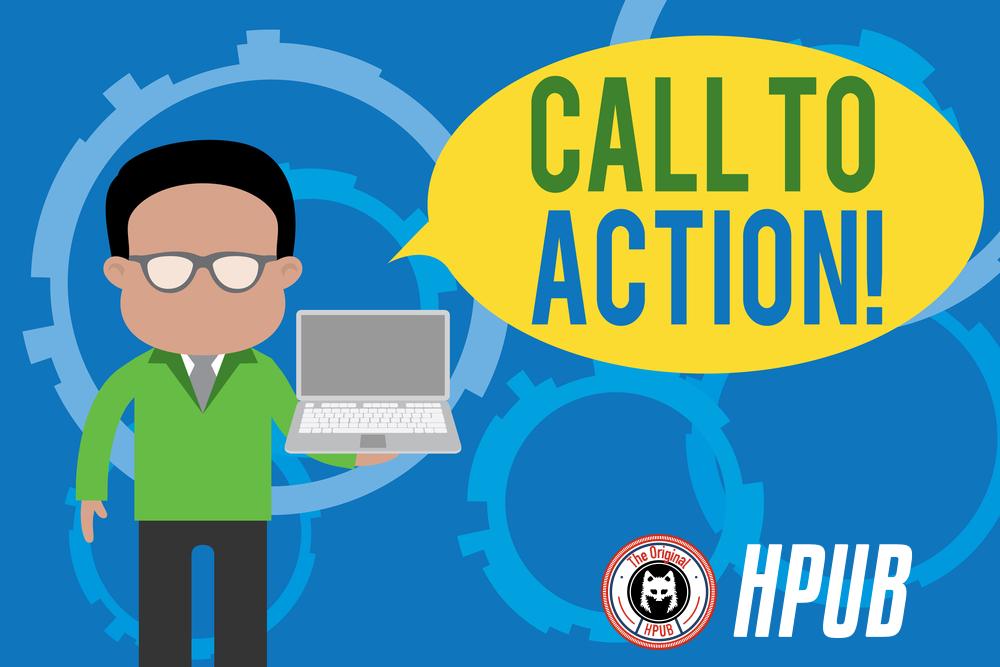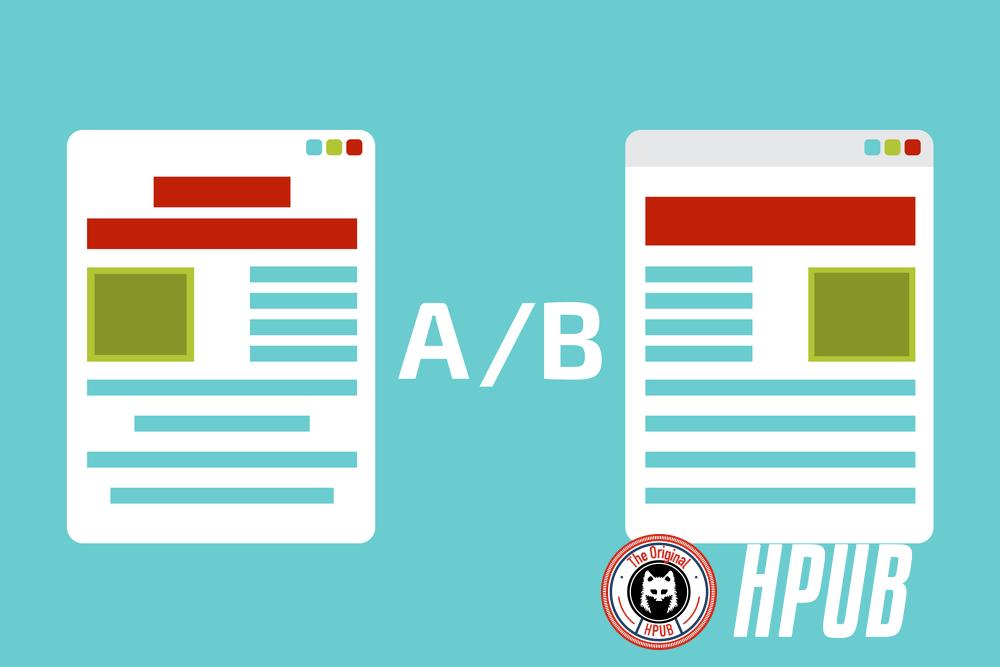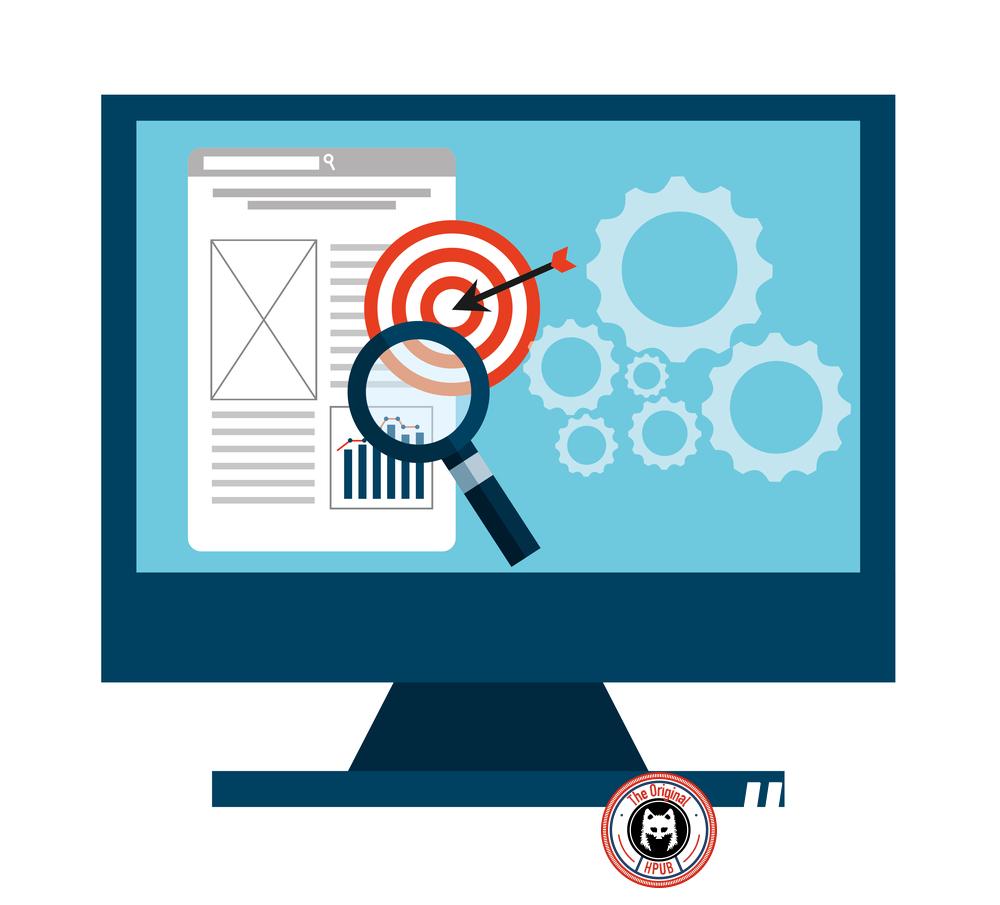Are you looking for an easy and effective way to create professional landing pages in minutes?
In this blog post, we’ll discuss what a landing page builder is, the benefits of using one, and how to choose the best landing page builder for your needs. Read on to learn more about landing page building and how it can help you grow your business!
What are the key features of a good landing page builder?
Creating a great landing page is essential if you want to turn visitors into customers and increase conversions. But, it’s not always easy to do on your own. That’s why many companies rely on landing page builders to help create professional, effective pages quickly and easily.
But, how do you know which landing page builder is right for you?
Here at Hpub we’ve tested many including the popular Kartra platform (this is our favorite).
Here, we’ll take a look at some of the key features you should look for in a good landing page builder.
- Drag-and-Drop Builder: The best landing page builders are those that come with a drag-and-drop builder. This makes it easy to customize the look and feel of your page without needing to know any coding or design skills. You can quickly and easily add, remove and rearrange elements, such as text, images, videos and buttons, to create the perfect page in minutes.
- Responsive Design: A good landing page builder should also have a responsive design. This means that your landing pages will look great no matter what device they’re being viewed on, whether it’s a computer, tablet or smartphone.
- Conversion Optimization: Many landing page builders come with built-in conversion optimization features. This includes the ability to A/B test different page elements to see which ones are most effective at converting visitors.
- Call-to-Action: A good landing page builder should also make it easy to add calls-to-action to your page. This could be in the form of buttons, pop-up forms or other clickable elements that prompt the visitor to take the desired action.
- Lead Capture: A good landing page builder should also allow you to capture leads. This could be in the form of a sign-up form, where visitors can enter their information to receive something in return.
- SEO Friendly: A good landing page builder should also be SEO friendly. This means that it should allow you to add keywords, meta titles and descriptions, as well as other SEO elements to your pages to help them rank better in search engine results.
- Analytics Tracking: Many landing page builders come with analytics tracking features. This allows you to track important metrics, such as page views, conversions, bounce rate and more, so you can see what’s working and what isn’t.
- Pre-Built Templates: A good landing page builder should also come with a library of pre-built templates that you can use to quickly create a page. This makes it easy to get started, as you don’t need to create everything from scratch.
- Customizable Themes: Many landing page builders also come with customizable themes. This allows you to tweak the design of your page to match your branding.
- Page Elements: A good landing page builder should also come with a variety of page elements that you can add to your page. This could include images, videos, forms, buttons, text and more.
- Mobile Optimization: It’s also important that your landing page builder is optimized for mobile devices. This ensures that your pages look great no matter what device they’re being viewed on.
- Lead Magnet: Many landing page builders also come with the ability to add a lead magnet to your page. This could be a discount, ebook or other type of incentive that encourages visitors to take the desired action.
- Automated Emails: A good landing page builder should also come with the ability to set up automated emails. This allows you to send emails to leads automatically, such as thank you emails or follow-up emails.
Many landing page builders also come with personalization options. This allows you to customize the look and feel of your page to match your branding.
All in all, a good landing page builder should come with all of the features listed above. This will help you create professional, effective pages quickly and easily, and help you increase conversions.
What Elements Should I Include in My Landing Page?

When it comes to creating a successful landing page for your business, there are certain elements you should include to ensure maximum user engagement and conversions. Whether you’re a small business owner or a larger corporation, understanding what elements to include in your landing page is critical to its success.
First and foremost, you need to have a clear and concise headline.
This headline should grab the attention of your target audience and clearly explain what you’re offering. Your headline should be short, easy to read, and to the point.
Call To Action
Next, you should include a call-to-action (CTA) that encourages visitors to take the desired action. This could be anything from signing up for your email list to making a purchase. You should make sure that your CTA is prominent and easy to find on the page.
In addition to a CTA, you should include a lead capture form. This form should be simple and concise, asking only for the information you need to collect leads. You should also include a lead magnet to entice visitors to fill out the form. A lead magnet could be anything from an ebook to a free trial.
In addition, you should include visuals on your page. This could be anything from images and videos to infographics and interactive elements. Visuals help to break up the text on the page and make it more engaging for the user.
How Do I Optimize My Landing Page for Maximum User Engagement?
First and foremost, you should make sure that your headline is clear and concise. Your headline should be easy to read and to the point. It should also grab the attention of your target audience and clearly explain what you’re offering.
In addition, you should use visuals on your page according to ThinkTankLab.com – a premier digital marketing company that helps digital marketers. This could be anything from images and videos to infographics and interactive elements. Visuals help to break up the text on the page and make it more engaging for the user.
You should also include a call-to-action (CTA) that encourages visitors to take the desired action. This could be anything from signing up for your email list to making a purchase. You should make sure that your CTA is prominent and easy to find on the page.
You should also make sure that your page is responsive. This means that it should look and function properly on all devices, from desktop computers to mobile phones. By making sure that your page is responsive, you’ll ensure that all users have a good experience.
Finally, you should use analytics tracking to measure the effectiveness of your page. This could be anything from page views and time on page to click-through rates and conversion rates. Analytics tracking will help you understand how your page is performing and how you can improve it.
Overall, optimizing your landing page for maximum user engagement is essential for its success. You should make sure that your headline is clear and concise, that you use visuals on your page, that you include a CTA, that your page is responsive, and that you use analytics tracking. These steps will help ensure that your landing page is effective and successful.
What Is the Best Way to Test My Landing Page?

When it comes to creating a successful landing page, testing is essential. There are several ways to test your landing page to ensure that it is effective and successful.
First and foremost, you should use A/B testing. A/B testing is a method of comparing two versions of a page to see which one performs better. You can use A/B testing to compare different elements, such as headlines, visuals, calls-to-action, and more. This will help you determine which version of the page is most effective.
In addition, you should use split testing. Split testing is similar to A/B testing, but it allows you to test multiple versions of the same page. This is useful if you want to test multiple elements at once, such as different headlines, visuals, and calls-to-action.
You should also use analytics tracking to measure the effectiveness of your page. This could be anything from page views and time on page to click-through rates and conversion rates. Analytics tracking will help you understand how your page is performing and how you can improve it.
Finally, you should use user testing to get feedback from real users. You can use user testing to get feedback on the design, usability, and content of your page. This will help you identify any issues and make improvements to the page.
Overall, testing your landing page is essential for its success. You should use A/B testing, split testing, analytics tracking, and user testing to ensure that your page is effective and successful. These steps will help you identify any issues and make improvements to the page.

